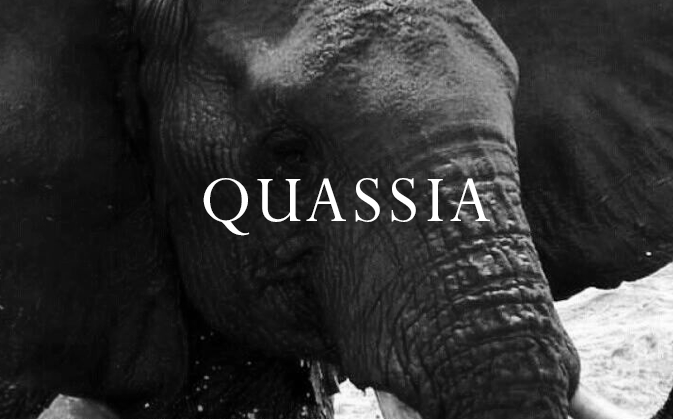- Wenn du dich für eine Auswahl entscheidest, wird die Seite komplett aktualisiert.
- Wird in einem neuen Fenster geöffnet.
Quassia

Born in 1991 to Qualida, Quassia was a member of the so-called QB family. The family was first sighted and photographed in 1976 by Cynthia Moss, a pioneering elephant researcher working along Amboseli Trust For Elephants.
The QB family experienced a baby boom of new calves in the family, making the older female calves very busy being ‘allmothers’. An allmother is an individual who cares for an infant that is not its own. In other words it is a sort of baby-sitter. Immature female elephants are strongly attracted to young calves particularly newborns. They watch over them, follow them around, rescue them if they get in trouble, and just generally fuss over them and give them lots of attention. This behaviour is beneficial for all concerned: the calf is well taken care of, the mother gets a chance to feed and rest, which is just what a lactating female needs, and the baby-sitter learns about mothering herself, which will be very useful knowledge later on when she has her own calf.
Things were going well for Quassia and her family up till 2009, when the worst drought in living memory hit Amboseli (Kenya). By the end of that year 83% of the wildebeests, 71% of the zebras, and 61% of the buffaloes had died. Close to 400 elephants perished from both the drought and an upsurge in poaching. The problem was that there was almost no vegetation left to eat. Amboseli always had fresh water because of the underground rivers coming from Kilimanjaro. These rivers create permanent swamps in the Park. So the animals did not die of thirst, but rather from hunger. In addition, in the case of the elephants, as they weakened they appear to succumb to disease as well. The QB family suffered a few losses, especially amongst the elderly – but Quassia survived and continues the family to grow strong.
Photo and text credit: Cynthia Moss, Amboseli Trust For Elephants, Kenya Wildlife Service


